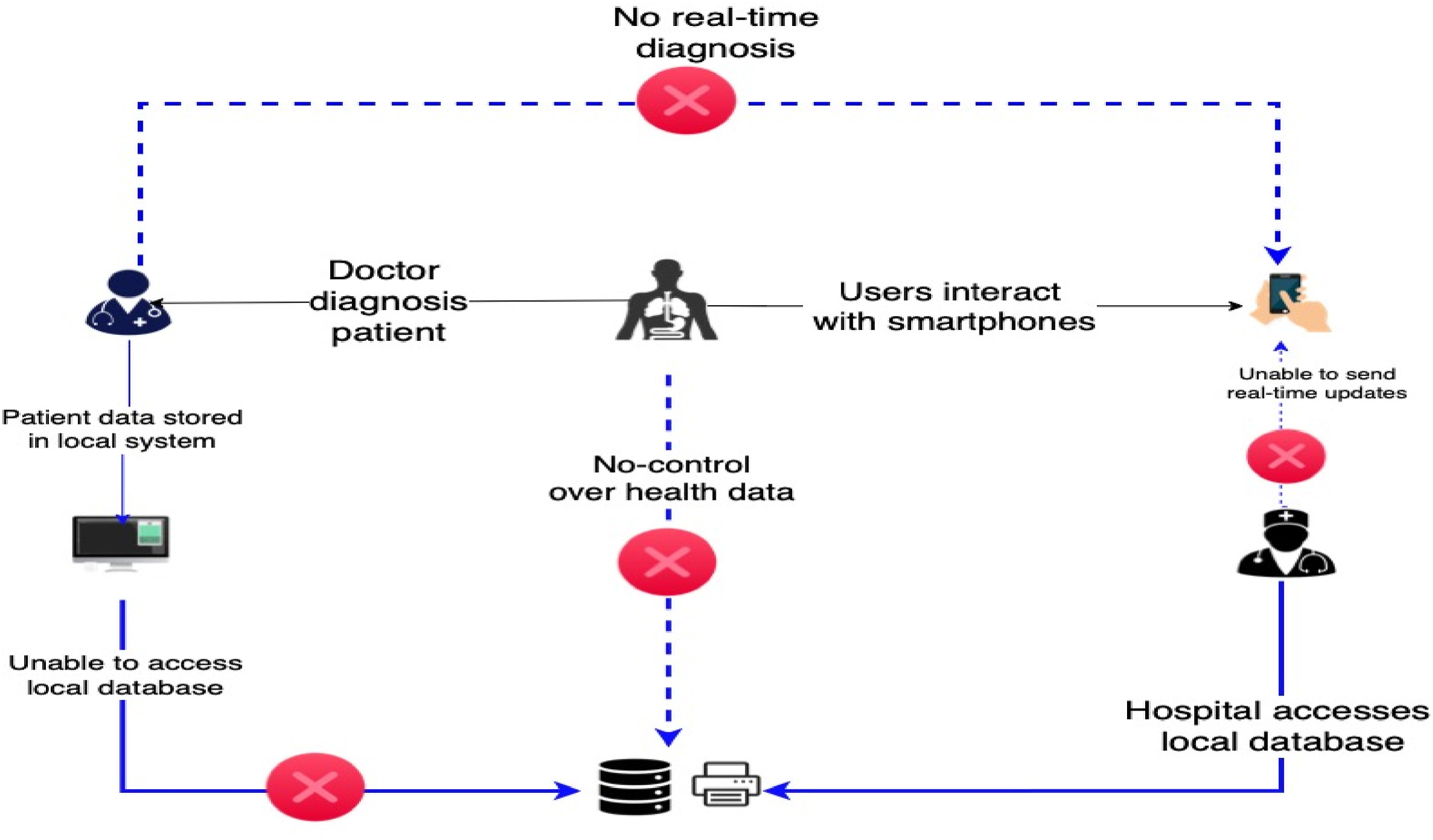This paper shows that although climate policies can sometimes slow the pace of economic growth, in the long term the benefits of avoided climate change impacts will overweight policy costs
This article ties to SDG 3. This systematic review examined 2 decades of questionnaires used to assess emotion (dys)regulation in children and adolescents to be able to guide appropriate selection of measurement tools for assessing specific domains of child and adolescent emotion dysregulation in the future.
This article ties to SDG 3. This study investigated main influencing factors and neurobiochemical biomarkers of Acute Stress Disorder (ASD) in trauma patients with a purpose of early clinical identification and intervention.
Smart healthcare monitoring is assessed for its ability to improve the treatment or early detection of falls. In this project, the authors propose a CNN-based prediction model with the use of edge computing and IoT paradigms.
This article ties to SDG 3. This systematic review assess the diagnostic accuracy of screening tools for PTSD in refugee and asylum seeker populations.
"Illegal wildlife trade is a global concern and a major threat to biodiversity conservation. DNA barcoding, specifically the use of cytochrome c oxidase subunit I gene (COI), is widely used to identify wildlife species in the Philippines.
DNA fingerprinting provide accurate identification of aquatic species and can be used for monitoring and tracking IWT."
This Personal View supports SDGs 3 and 15 by introducing geodiversity as a driver of planetary health and highlighting its importance in ecosystem functionality and biodiversity.
This Article supports SDG 3 by estimating the avoidable health and economic burden of physical inactivity, and highlighting how further investments in and implementation of known and effective policy interventions will support countries to reach the SDG 3 goal of reduction of NCD mortality by 2030.
This Review supports SDG 3 by investigating how licensing could successfully improve the affordability of and timely access to biotherapeutics in low-income and middle-income countries, by identifying key elements needed to support access to affordable biosimilars in these countries.
This article supports SDG's 2, 3 and 12 by considering production steps (cell extraction, cell line establishment, cell culture and scaffolding) and challenges (technology limitations, consumer acceptance & law and legislation) for the development of lLab-based meat, which is more sustainable and safer to consume than conventional meat.

